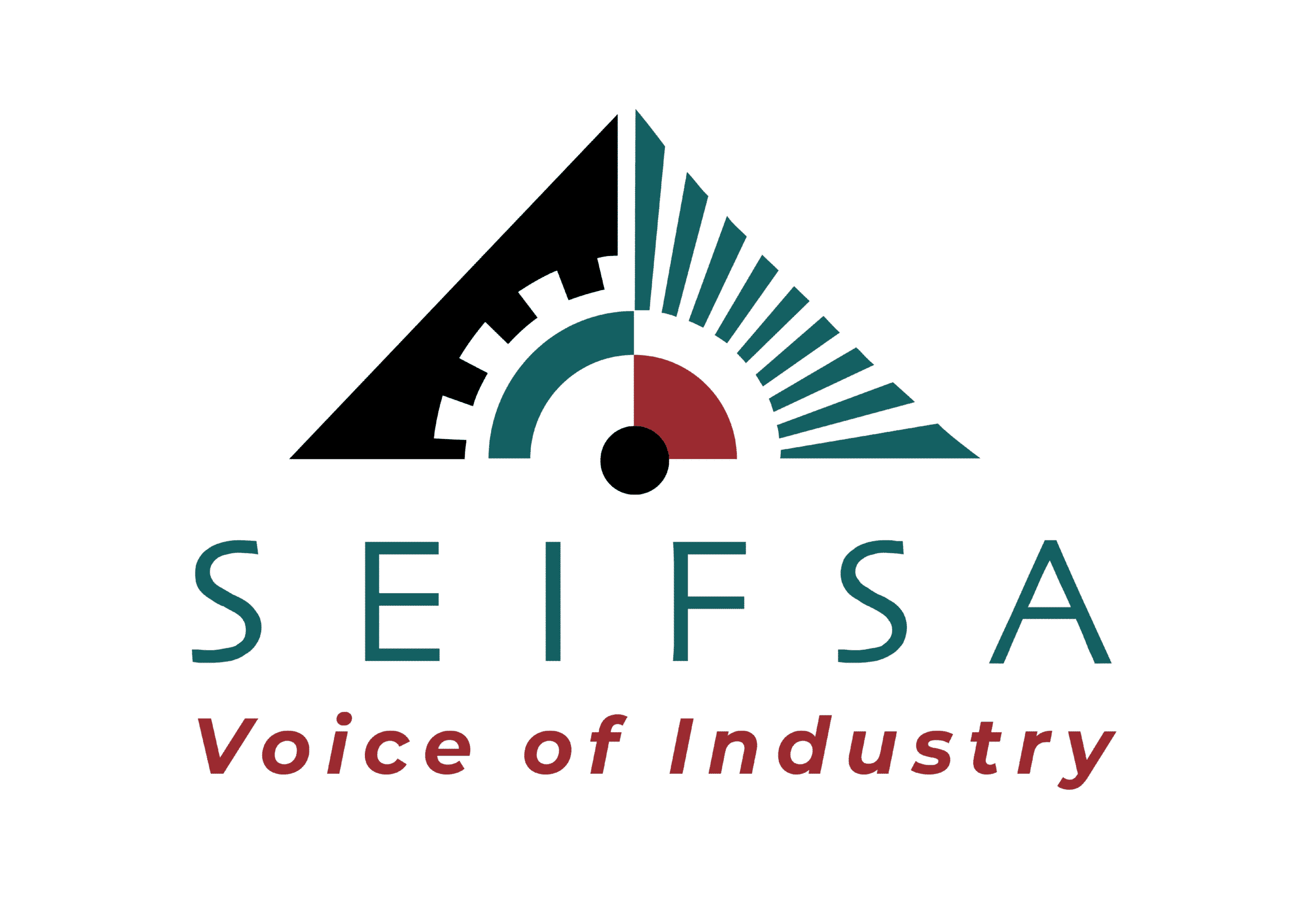The outlook for the Metals & Engineering (M&E) Sector this year is decidedly bleak, according to the State of the Metals and Engineering Sector Report, which the Steel and Engineering Industries Federation of Southern Africa (SEIFSA) released this week.
The report, which was presented in a webinar on February 16, explores the current state of the Metals & Engineering (M&E) Sector, the structural dynamics underpinning the sector and the global and domestic economic indicators that influence the sectors outlook for 2023.
SEIFSA Chief Operating Officer Tafadzwa Chibanguza, describes the current global environment as extremely challenging. Inflation emanated as one of the most significant global headwinds in 2022, with the conflict in Ukraine and China’s slowdown – from the perspective of the country being the world’s factory – feeding inflationary pressures. Central banks around the world have had to adopt a much more aggressive stance to fight the stubbornly high inflation, and the implications of the monetary policy are starting to bite and will shape the economic fortunes for the year. A global economic slowdown is expected, tighter financing conditions have exposed fiscally vulnerable emerging markets, all of which represent markets for the M&E Sector which exports 38.2% of output, with half of the exports going into Africa. Local headwinds, primarily the energy crisis, only serve to compound the already inhospitable environment. The sectors to which the M&E Sector supplies domestically, namely: construction, automotive, mining and petrochemicals, have all indicated a difficult year ahead, with the energy crisis being a chief contributor.
\”Based on these multiple challenges, SEIFSA expects production for the M&E Sector as a whole to contract by 2.2 % in 2023,\” says Chibanguza. The best-case scenario estimates a contraction of 1.5% for the sector.
To place this figure in context, production for the sector increased by 1.6% in 2022, although the sectors gross domestic product (GDP) contracted by 6.5% in the same year.
The report also highlights the key reform programmes and policies needed to drive the sector’s performance, which is closely tied to economic activity and underpinned by prevailing economic fundamentals.
\”There is not much we can do with external factors — we are either a victim or beneficiary of these, such as the conflict in Ukraine. But domestically there is a lot more we can and should be doing, especially when it comes to the energy crisis, which is a risk to the whole economy,\” says Chibanguza.
The energy crisis has far-reaching implications from water provision, risks to general service delivery at municipal level, which has been accompanied by increasing instances of protest action. Resolving this one area ticks many boxes, while simultaneously contributing in part to unlocking the economy’s underling potential.
The report provides an in-depth analysis of the effect of the toxic combination of load-shedding, dismal service delivery and a depressed global economic environment and the implications on an already-beleaguered M&E Sector.
View the PowerPoint presentation here: https://bit.ly/3I5bsFN
Watch the webinar recording here: https://bit.ly/3YRWjyf

